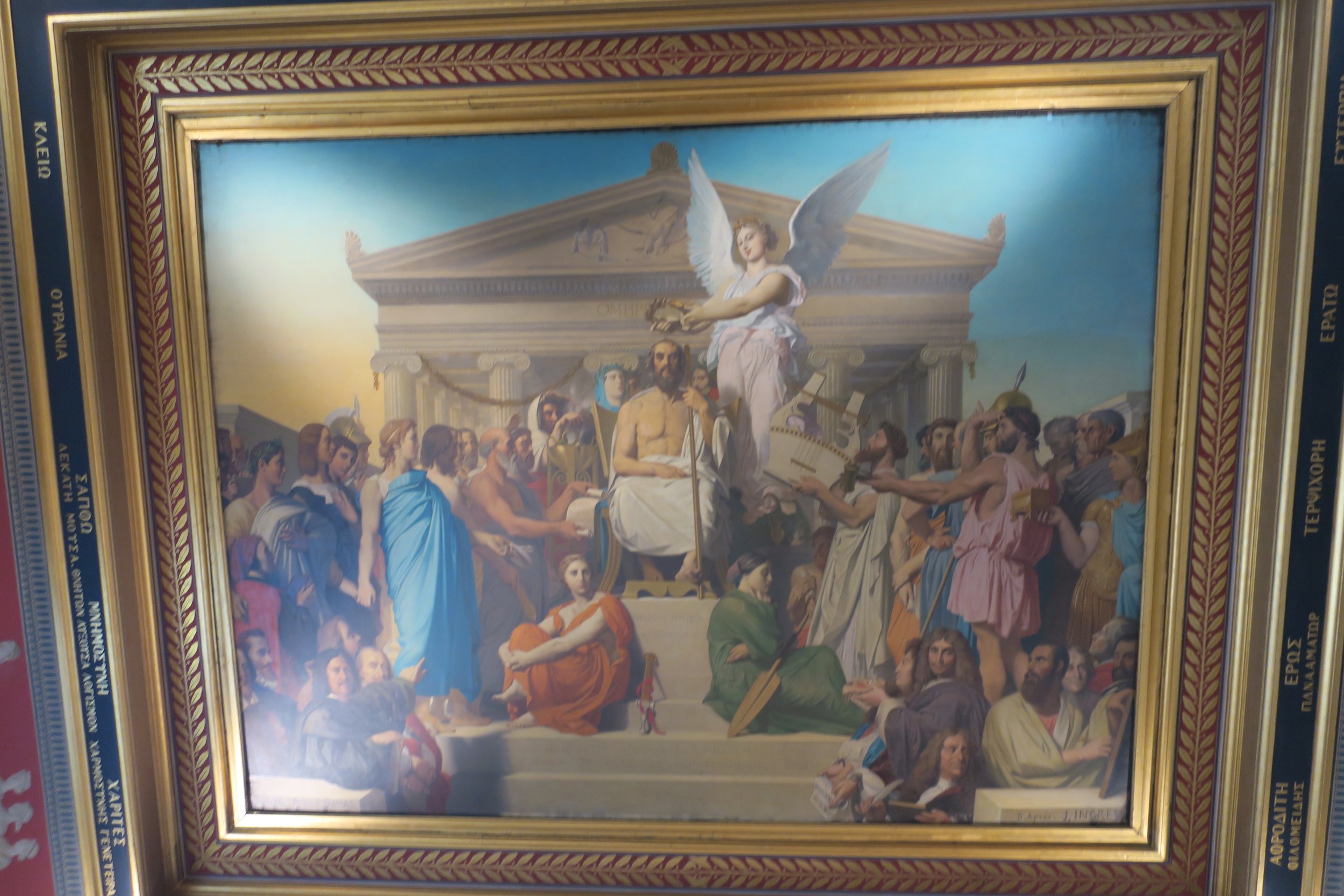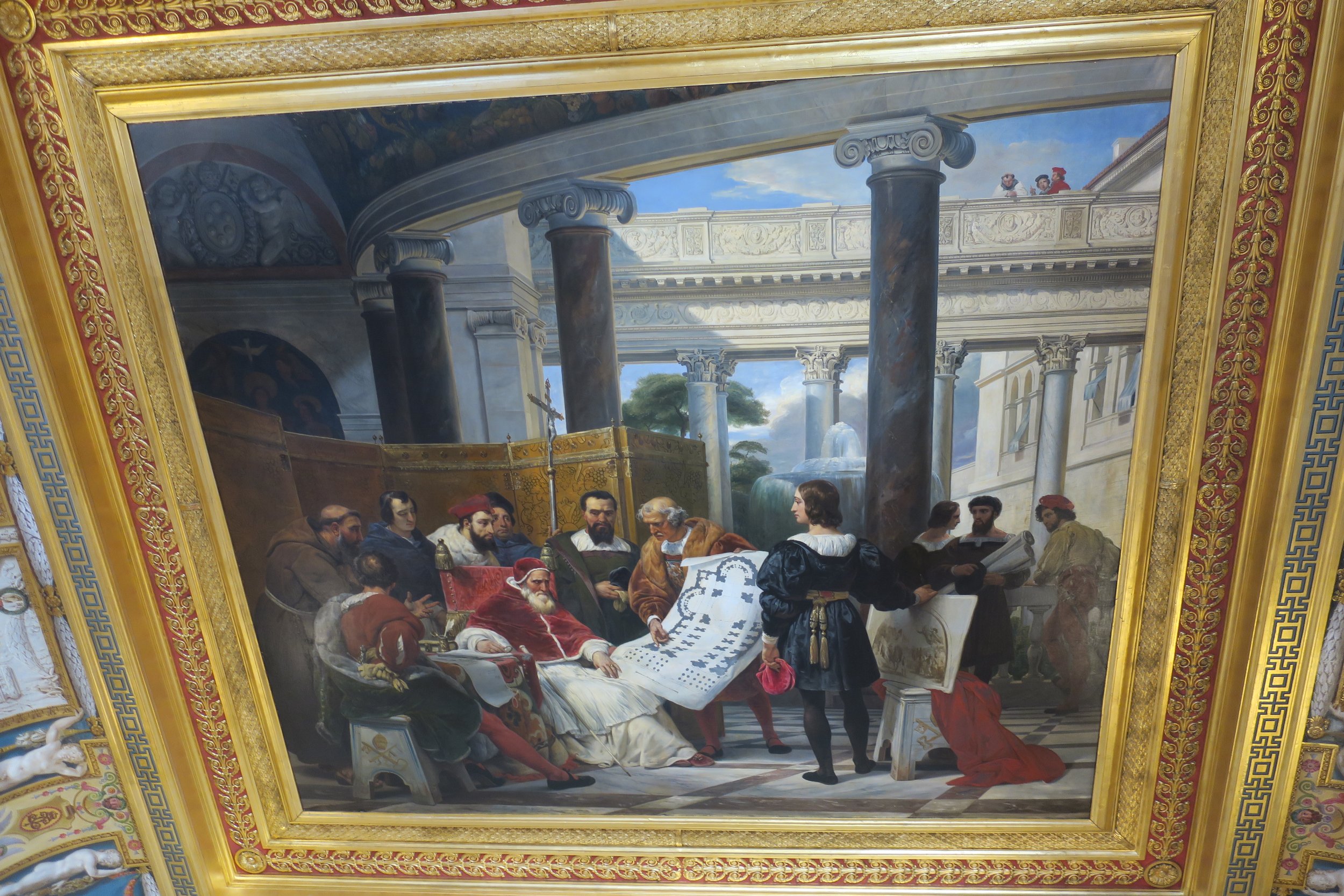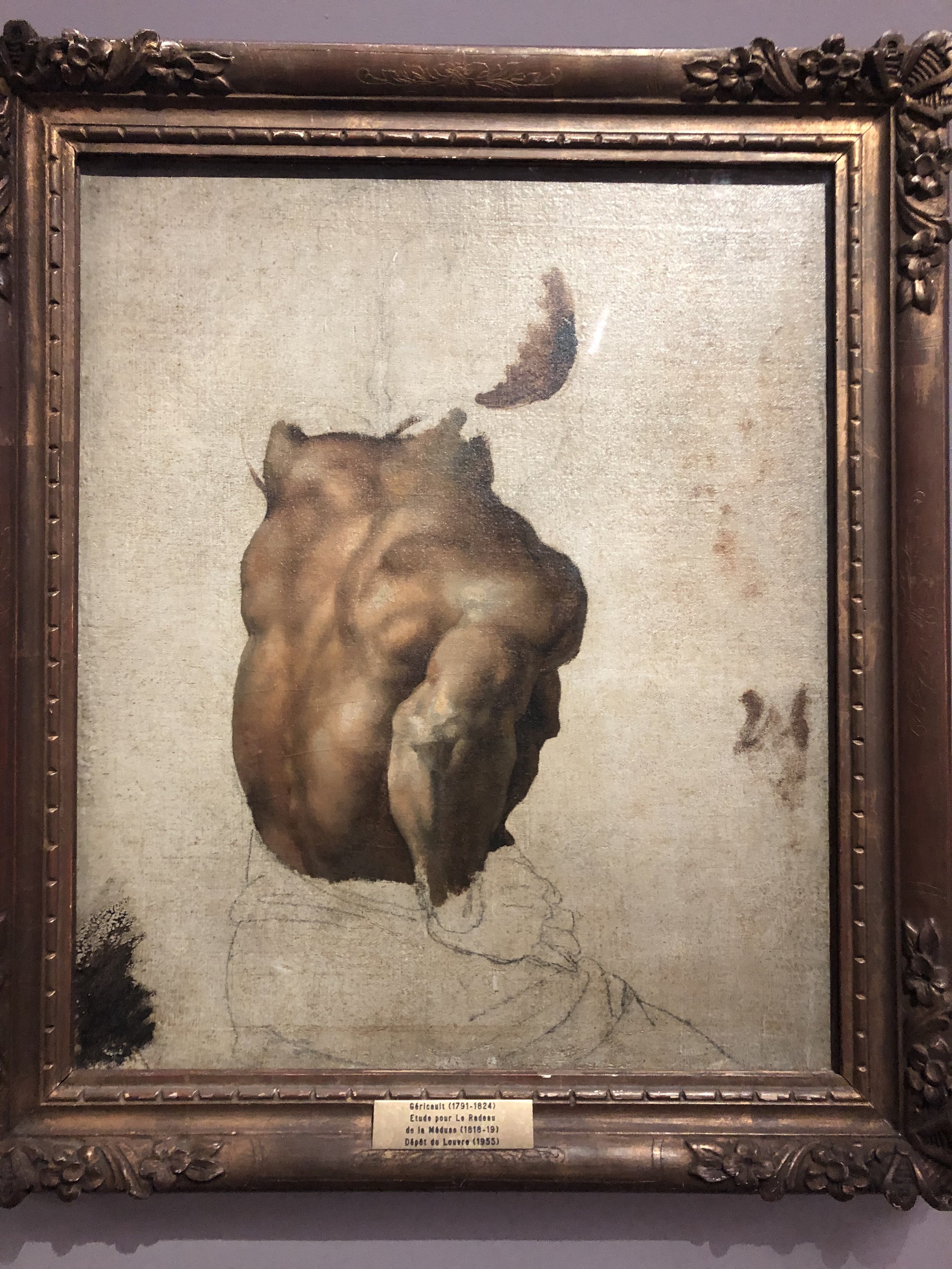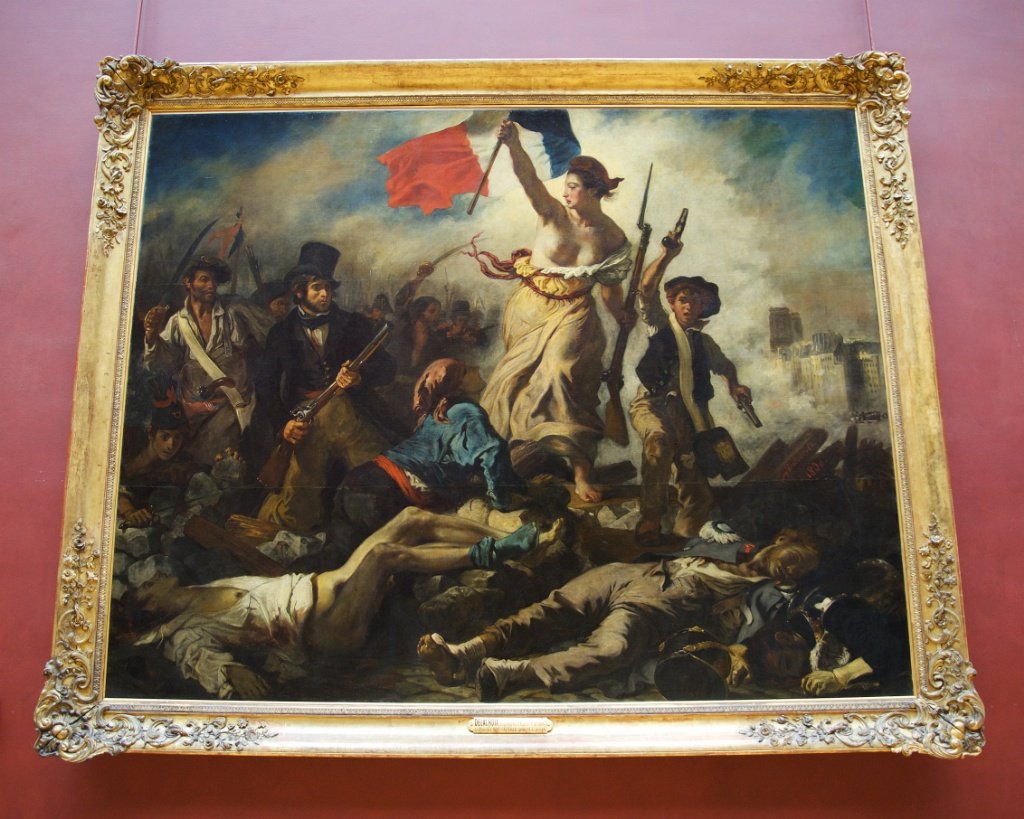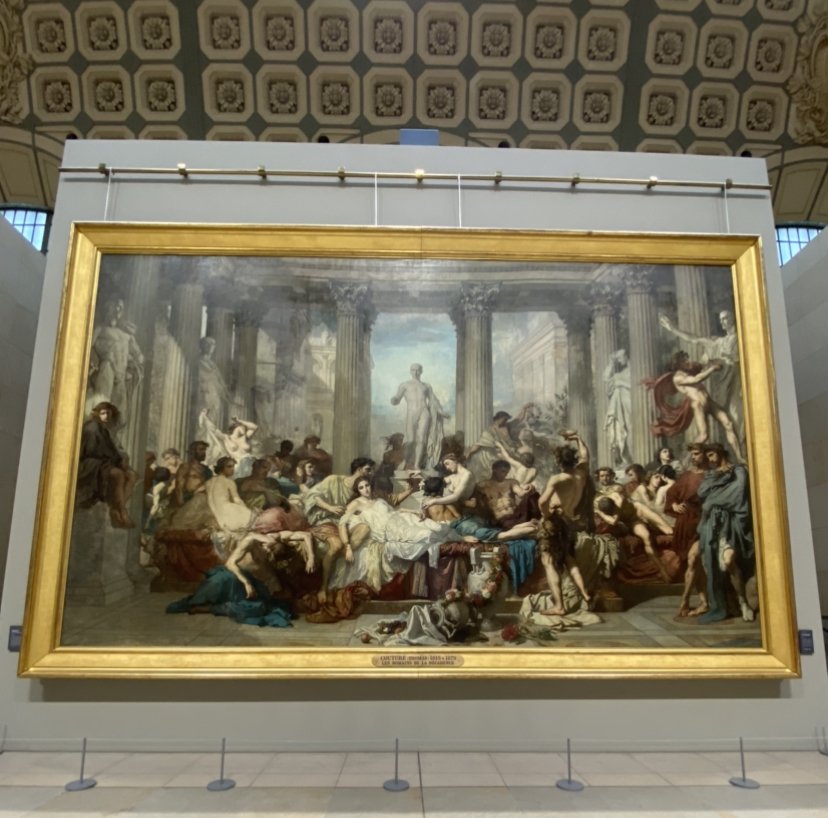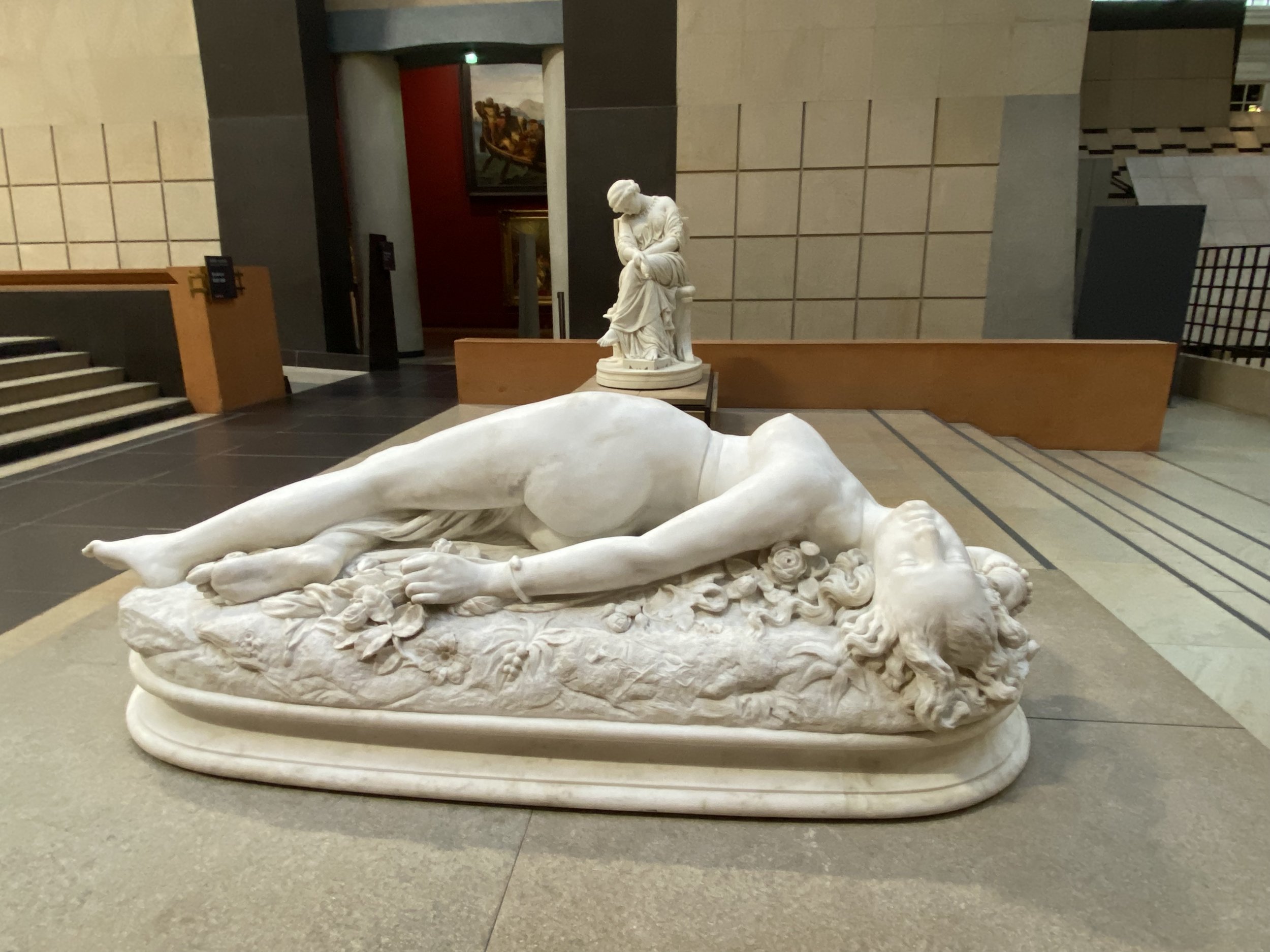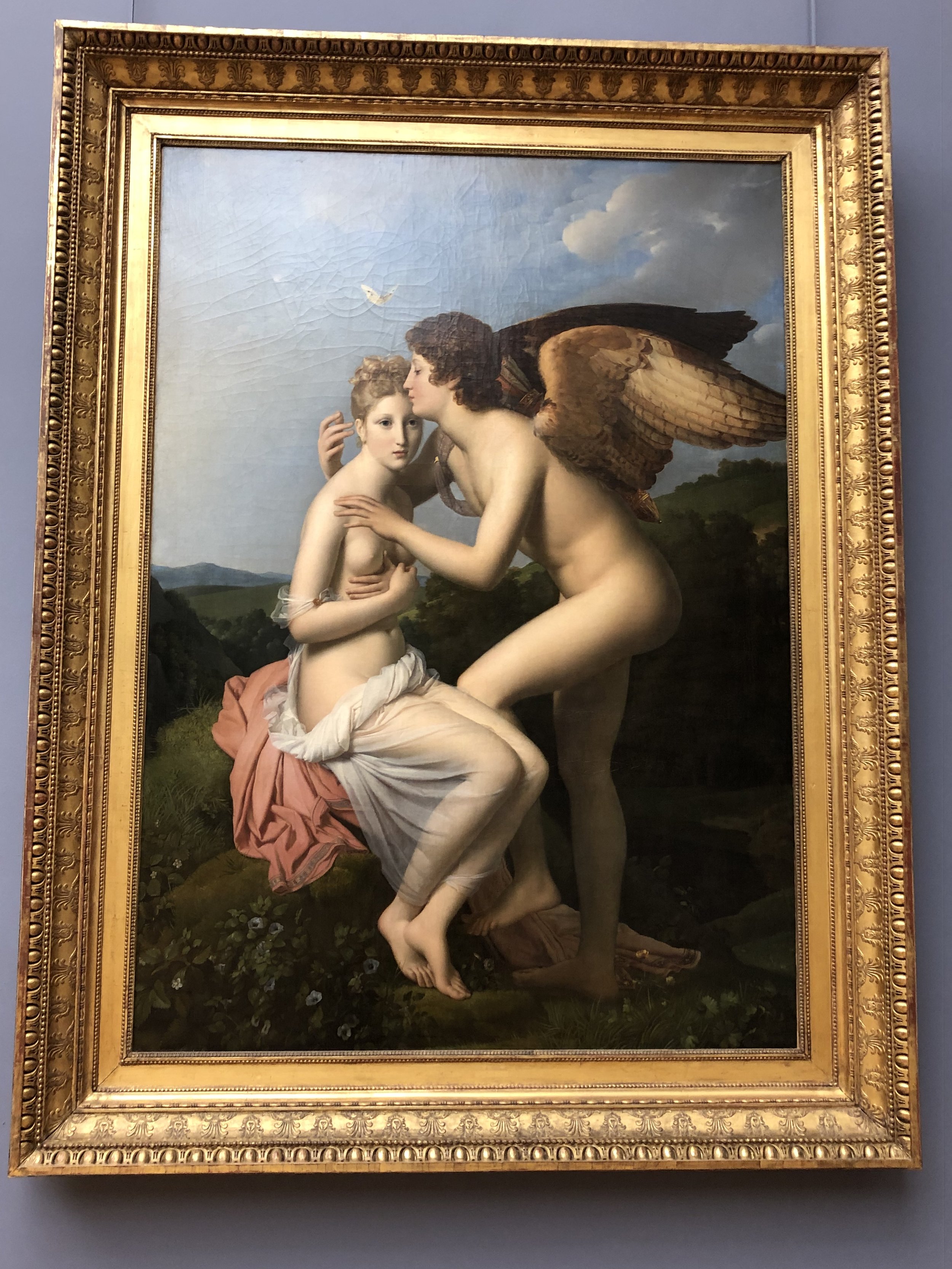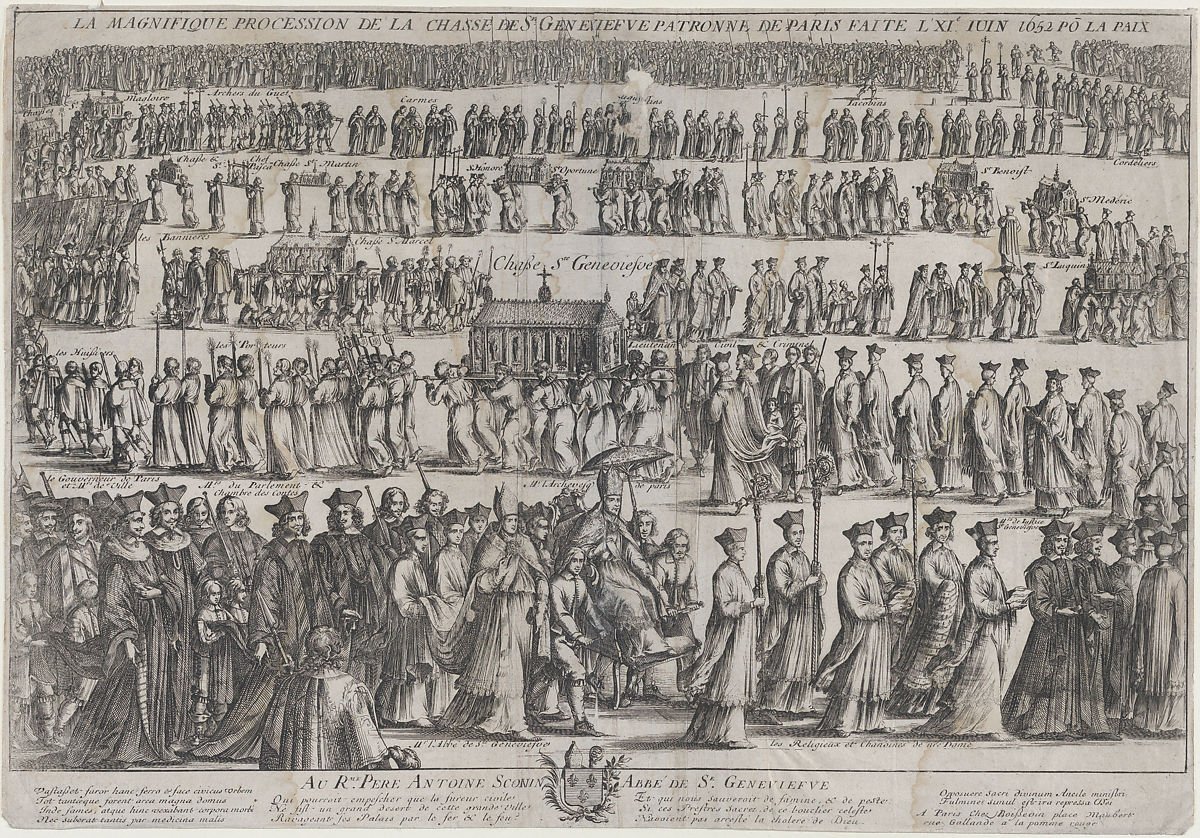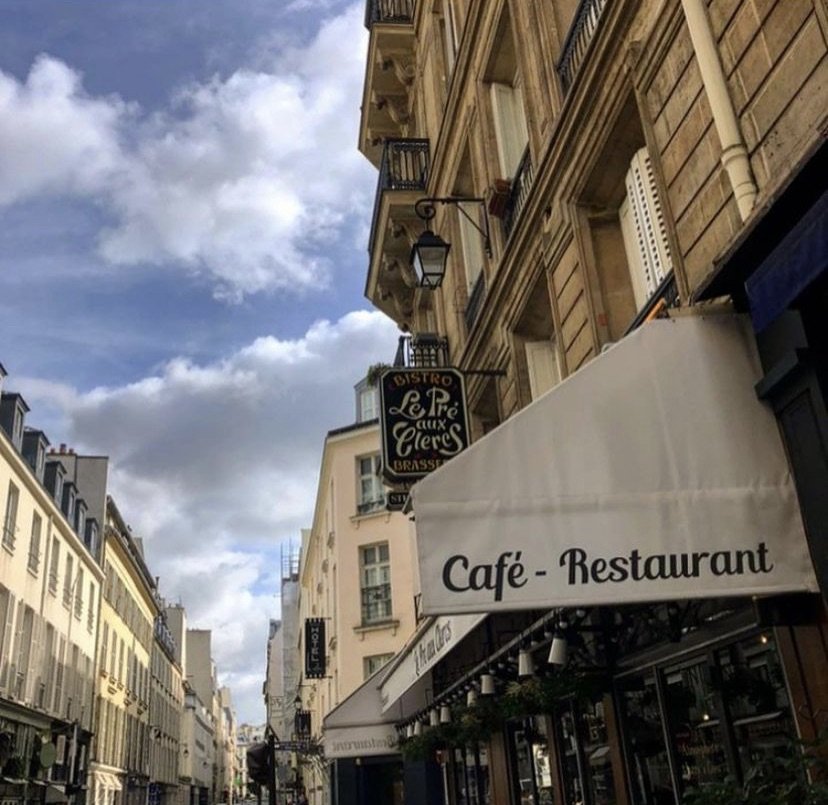Before there was Catherine Deneuve or Bridget Bardot there was Rachel Felix. Mademoiselle Rachel, as she was known, was the first international star. Born on February 21, 1821 in Switzerland into a family of peddlers they all headed to Paris in 1830. Rachel started taking acting lessons upon her arrival from Alexandre Etienne Choron, director of the Paris opera.
In January 1837 she took the stage for the first time at the Theater du Gymnase and the next year in Pierre Corneille’s Horace. It was after the fall of Napoleon and the people of France were trying to move away from anything that was of the period and the old French playwrights Napoleon adored were falling out of fashion. However Rachel loved the tragedies of Moliere and Corneille and she continued to perform them and kept them alive.
The public couldn’t get enough of her and as much as they loved her the news of her personal life would take its toll. Rachel had very dark exotic looks which was popular at the time as Europe was becoming obsessed with anything from Egypt or Greece and her dark features attracted all admires. Those admirers would include Emperor Napoleon III, his son Price Napoleon and also the illegitimate son of Napoleon Bonaparte, Alexandre Colonna-Walewski.
The list of men is long and she had a large collection of rings gifted from her lovers. She strung the, on two bracelets that were so heavy she could only wear one at a time. Alfred de Musset, also lover of George Sand can be counted in the mix and Arthur Bertrand who she also had a son with. Gabriel-Victor was born from her relationship with Arthur and her first son was with Walewski, who would be the grandson of Napoleon.
Rachel would go on to perform on the stages of Russia, Cuba, all over Europe, Canada and in the US in Boston, Philadelphia, South Carolina and New York. She was known throughout the world by only one name, long before there was ever a Madonna or Cher.
In 1858, after suffering from tuberculosis she died in her beloved Le Cannet at just 36 years old. Returning to Paris to her apartment at Place des Vosges a multi day vigil was held before 100,000 people followed her procession to Pere Lachaise.









